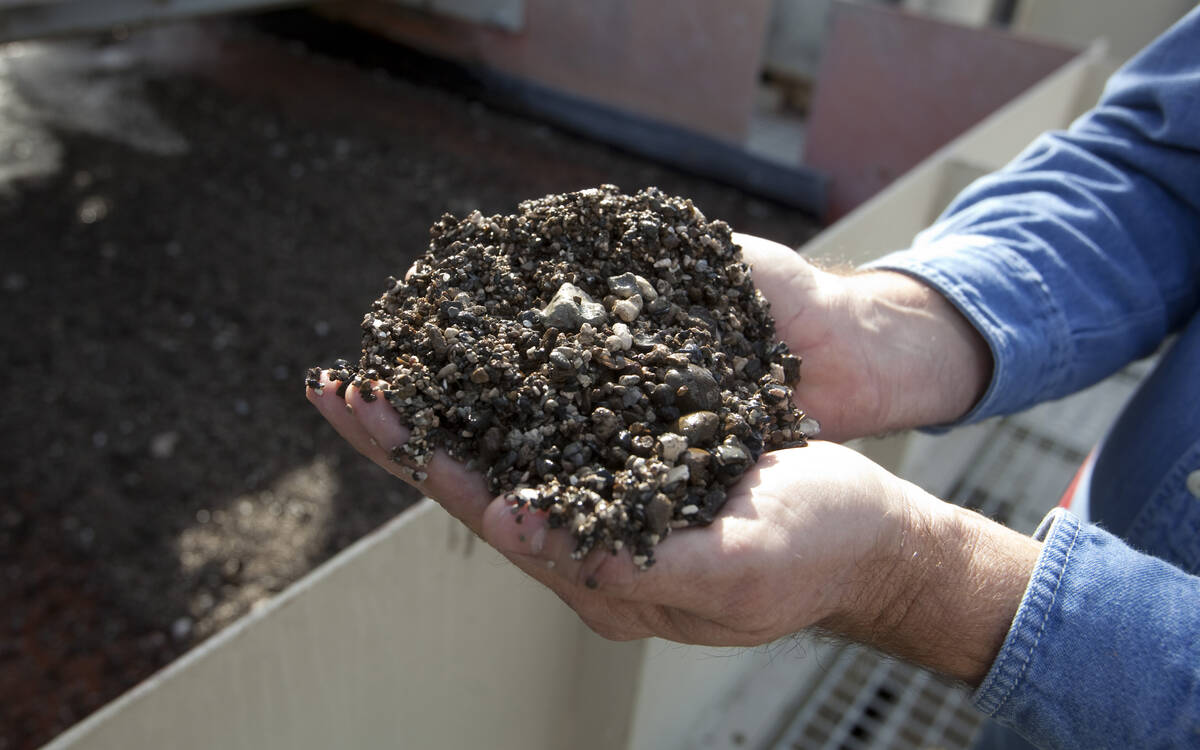Saskatchewan is touted to be prime ethanol production country if the
ground is properly nurtured with tax rebates and mandated fuel content
standards.
The Saskatchewan Agrivision Corp. last week released its blueprint to
trigger development of a grain-based ethanol industry it says would
generate hundreds of millions of dollars worth of economic activity in
plant and feedlot construction, salaries and spinoff business.
“We don’t want a humble strategy here, we want a very aggressive
strategy,” said Lionel LaBelle, chair of Agrivision’s ethanol task
Read Also

Phosphate prices to remain high
Phosphate prices are expected to remain elevated, according to Mosaic’s president.
force.
Saskatchewan energy minister Andrew Thomson said the report is
“thoughtful and positive,” but added there are many implications to the
requested tax and fuel standard incentives.
He hopes to announce the government’s position in March.
Agrivision, which promotes agricultural business, particularly
value-added processing, envisions five or six medium-sized ethanol
plants in the province. Most of them would produce 25-30 million litres
of ethanol and each would be associated with a cattle feedlot to
consume the distillers grain, a high-value byproduct of ethanol
processing.
The plants and feedlots would consume grain and forage from a total of
five to six million acres. The report says several Saskatchewan
government commitments are key to the plan’s success:
- Rebate the 15-cents-per-litre fuel tax on ethanol sold in the
province.
- Provide an incentive payment to fuel retailers to prepare the
infrastructure for the renewable fuel.
- Develop a phased-in fuel standard that by 2006 would require gasoline
in the province to contain a minimum of 10 percent ethanol.
LaBelle said the report favours medium-sized plants because they make
the greatest positive impact on rural communities.
“By encouraging smaller facilities, ethanol production becomes the
catalyst in an integrated business model that will reap the greatest
financial benefits to the rural economy.”
Ethanol by itself will not be a big money maker, he said, but the
feedlots and other potential associated businesses such as wheat
debranning could generate profits.
Also, farmers would have a greater chance of owning equity in smaller
plants and directly benefiting from the value added.
Agrivision president Red Williams said ethanol alone will not drive
beef industry expansion, but will be complementary and help to expand
the economic impact.
“If all you do is put a great big plant somewhere, the benefits are
limited because the farmer still gets the world commodity price (for
the grain.) But if the producer can move up the value chain by owning
or retaining ownership … then the return per acre goes up. And that
is the whole objective.”
Agrivision’s ethanol blueprint, called the Hibernia Strategy after the
offshore oil developments that promise to revive Newfoundland’s
economy, borrows heavily on the experience of Minnesota.
There, federal clean air legislation requires the use of fuel with
clean-burning additives rich in oxygen, such as ethanol. The state
provides a 20 cent US per gallon producer incentive.
Ethanol production from corn rose from 3.9 million litres in 1986 to
more than 757 million litres produced at 14 plants in 2000, 12 of which
are owned by new-generation co-ops.
“Based on the Minnesota model, there is no cost to the public purse,”
LaBelle said.
“In fact, there is an economic benefit of anywhere from six to nine
times the government’s investment.”
The environment would also benefit because burning ethanol in fuel
blends reduces carbon dioxide and carbon monoxide emissions, LaBelle
said.
He added that federal and provincial governments should support an
agribusiness venture capital investment program to encourage private
sector investment.














